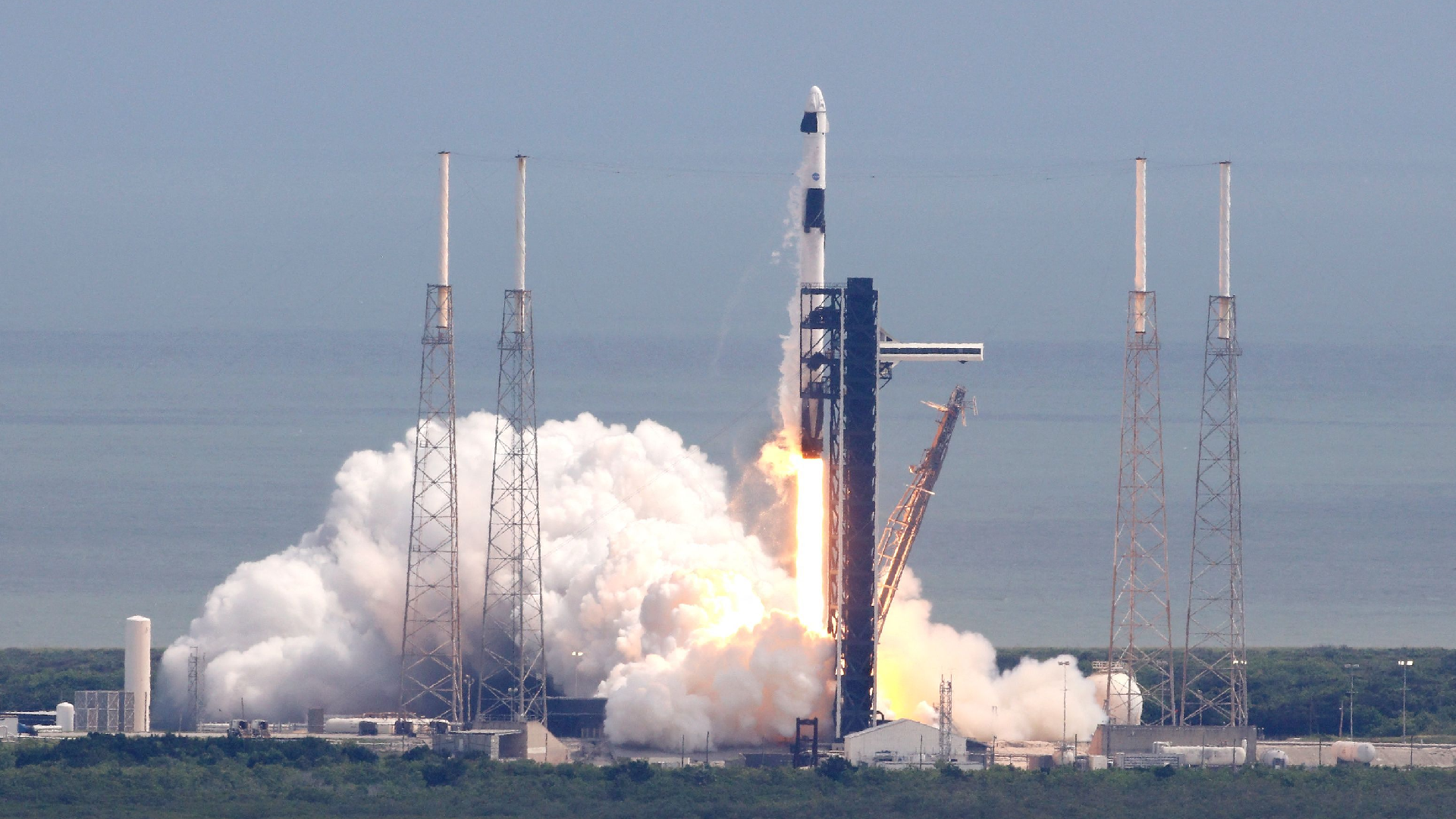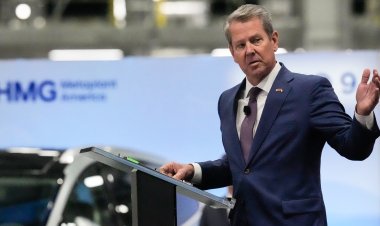SpaceX Embarks on Mission to Bring Back NASA's Marooned Astronauts
SpaceX has initiated a mission aimed at bringing back NASA's astronauts who have been left stranded.

The Falcon 9 rocket lifted off at 1:17 p.m. Eastern Time from Cape Canaveral, Florida, marking the debut of a new launch pad for a crewed mission.
On the crew were NASA astronaut Nick Hague and Russian cosmonaut Alexander Gorbunov.
Upon their return from the ISS in February, they will bring back two astronauts, Butch Wilmore and Suni Williams, whose stay on the station was extended due to issues with their Boeing-designed Starliner spacecraft.
The Starliner, which was on its inaugural crewed flight, delivered Wilmore and Williams to the ISS in June. What was originally intended to be an eight-day visit turned into a prolonged stay after problems with the propulsion system arose during the trip there, leading NASA to consider significant changes to their mission plans.
Following weeks of thorough testing on the Starliner's reliability, NASA ultimately determined to return the spacecraft to Earth without its crew, opting to send Hague and Gorbunov on the SpaceX mission Crew-9 to bring the two astronauts back.
"We know that this launch is a bit unique in moving from the plan for crew members to two," said NASA associate administrator Jim Free during a press briefing.
"I do want to thank SpaceX for their support and flexibility," he added.
SpaceX, the private enterprise established by billionaire Elon Musk, has been regularly conducting missions every six months to facilitate the rotation of ISS crews.
However, Crew-9's launch was postponed from mid-August to late September to allow NASA experts additional time to assess the Starliner’s reliability and make informed decisions on the next steps.
It faced further delays due to the impact of Hurricane Helene, a powerful storm that made landfall on Florida's opposite coast the previous Thursday.
SpaceX's Dragon spacecraft is scheduled to dock with the ISS on Sunday, allowing for a transfer of responsibilities before the four members of Crew-8 return to Earth on a different SpaceX vehicle.
Overall, Hague and Gorbunov will spend around five months aboard the ISS, while Wilmore and Williams will be there for approximately eight months.
Crew-9 is expected to carry out around 200 scientific experiments during their time in space.
Max Fischer for TROIB News
Discover more Science and Technology news updates in TROIB Sci-Tech












